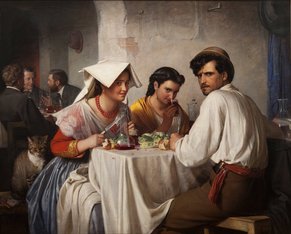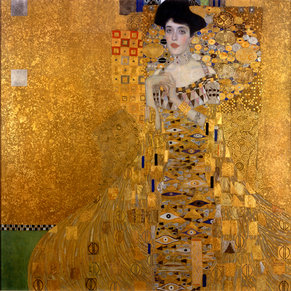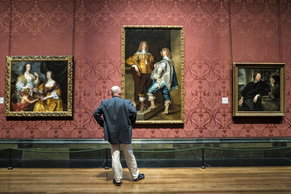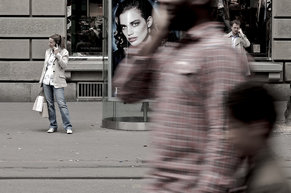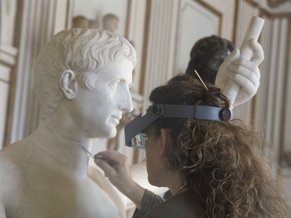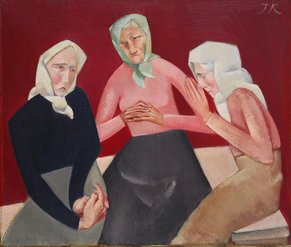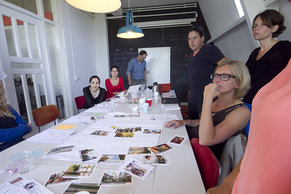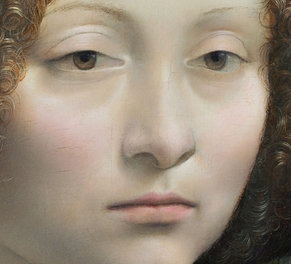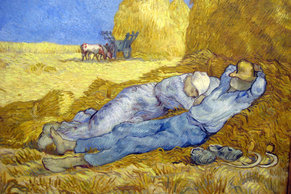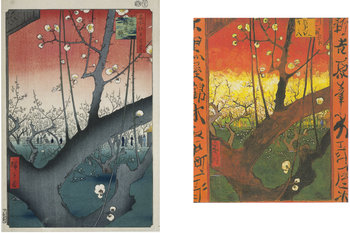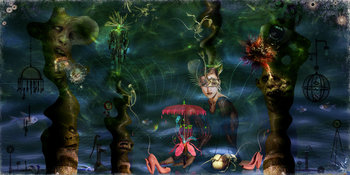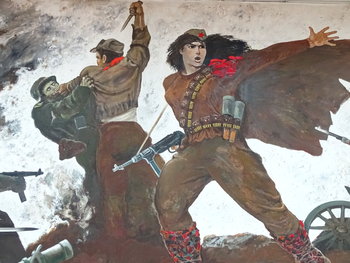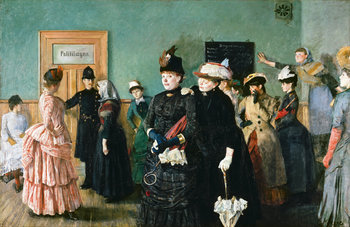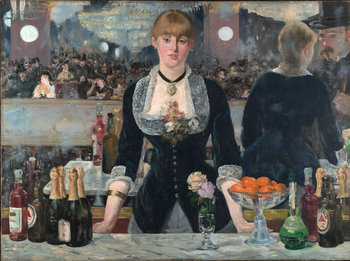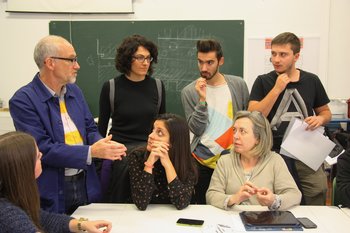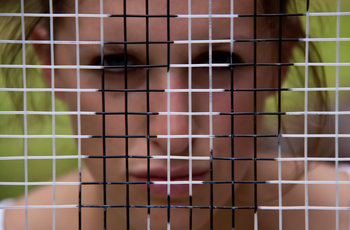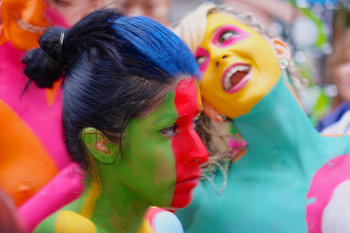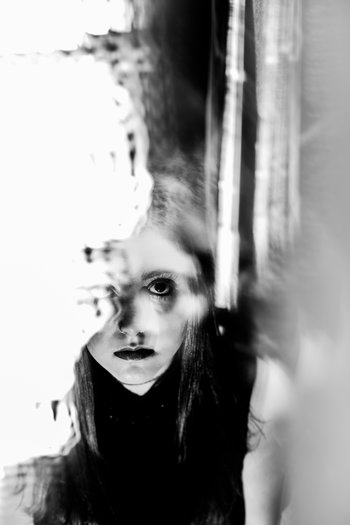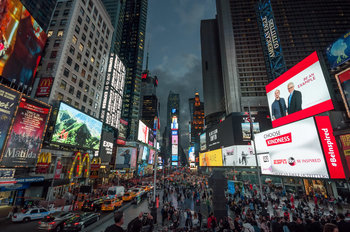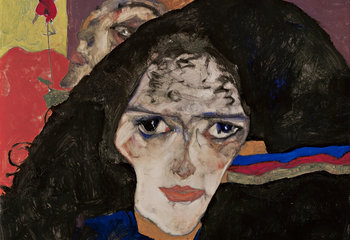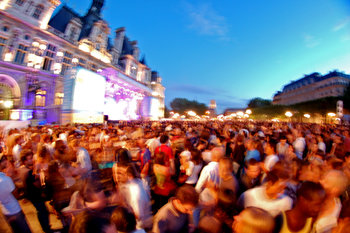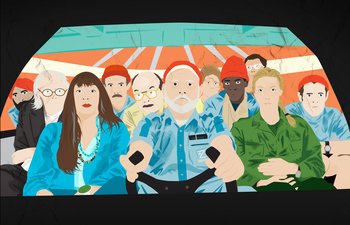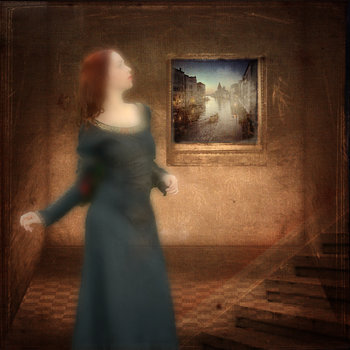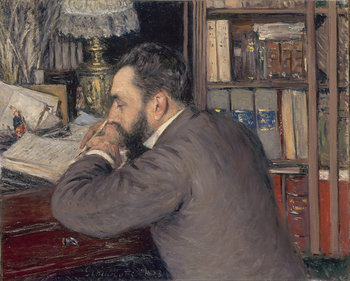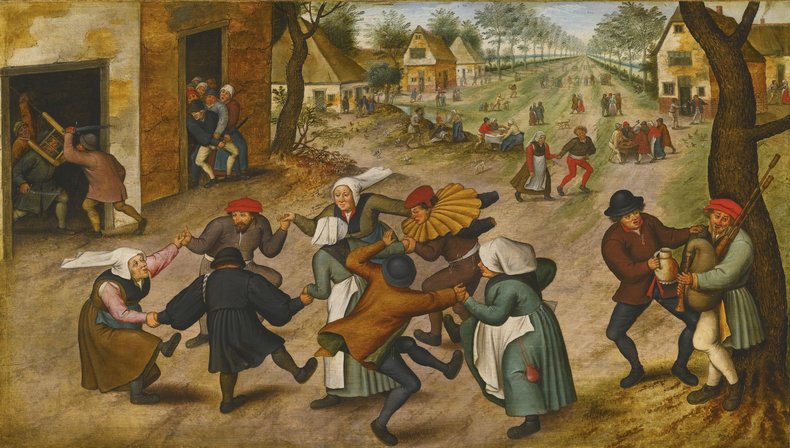
Perspective
Perspective is the process of making art appear to be realistic such that it has depth. The idea is to make scenes look as they do in real life. This can be equally applied to realistic depictions of the world, creative interpretations and completely imagined scenes. The foundational principle of perspective is that things that are closer appear larger and things get smaller and smaller the further away they are from a viewpoint. In this context, long lines such as a road naturally disappear to a point eventually -- this is a vanishing point.
One-point Perspective
One-point perspective is the practice of aligning all of the lines along the line of sight to a single vanishing point on a horizon line. The horizon line can be completely imaginary or it can be depicted in the work. The vanishing point in art can be determined by extending any lines along the line of sight until they reach the horizon. For example, in the The School of Athens by Raphael there are dozens of lines along the line of sight that all converge to a single point between Plato and Aristotle. A few of these have been extended in green below to show the vanishing point and the horizon line has been added in white.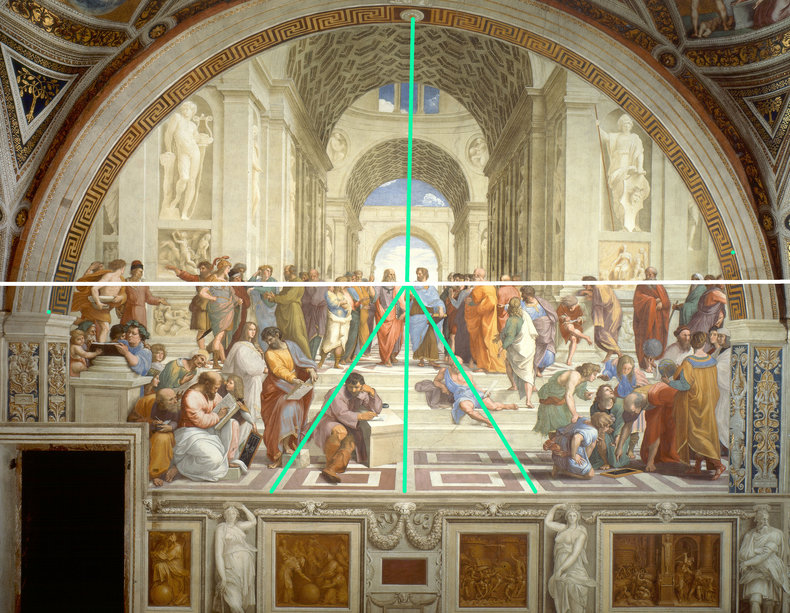
Symbolism
Viewers will naturally look to the vanishing point as lines in an image are pointed at it. This can be used to draw attention to a symbolic element of a work.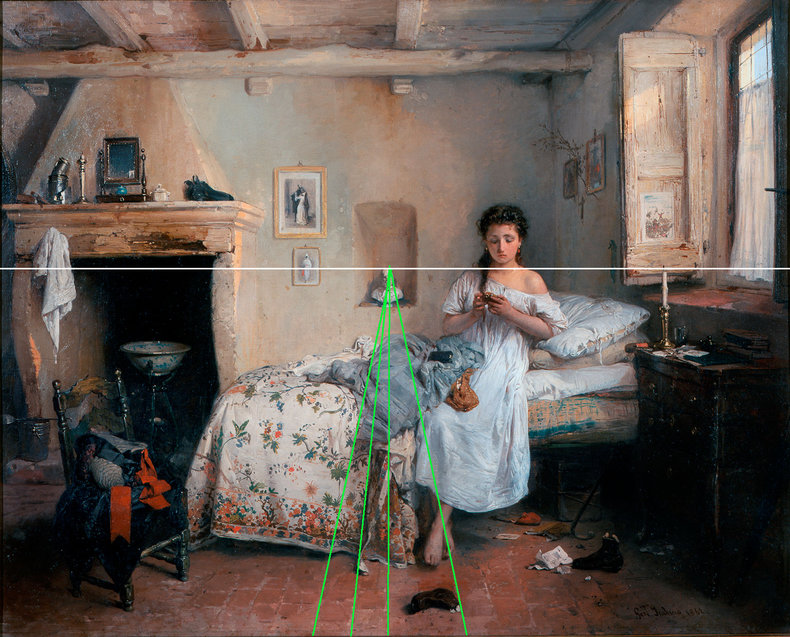
Meaning
A vanishing point can direct the eyes to something that could be missed in order to convey the feeling or meaning of a work. For example, The Kiss by Francesco Hayez uses a vanishing point to direct the eyes just behind two lovers in embrace. This may have been done to call attention to a menacing figure in the shadows in the bottom left of the painting. This adds to the overall effect of the painting as one of the lovers appears ready to run up the stairs.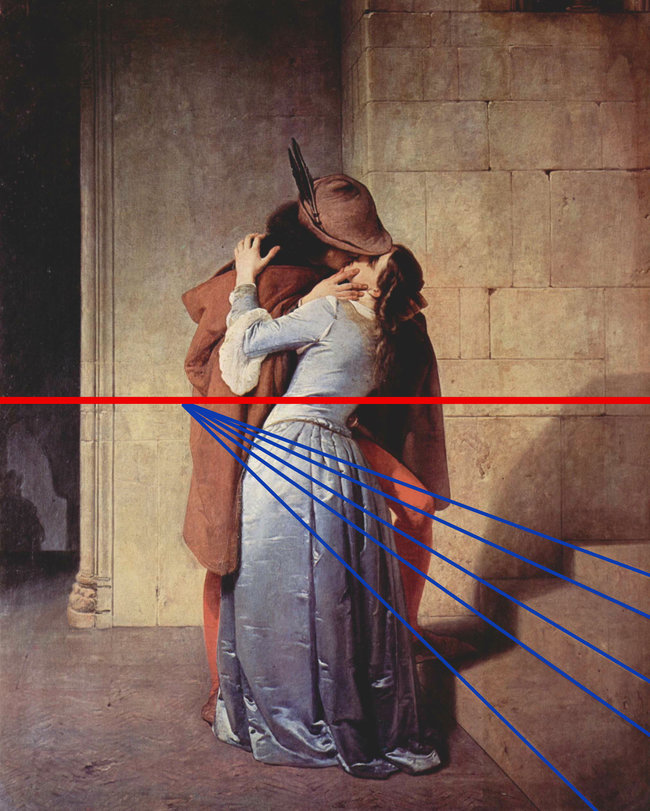
Cliche
A vanishing point is most often used as a tool of perspective and as a means to direct the viewer's gaze to an important element of a work. Where a vanishing point is the dominant feature of a composition, it can feel cliche. This is due to a large number of images that have been created by those who are experimenting with vanishing points as a concept. For example, depictions of roads or tunnels stretching off into the distance are so common that they begin to feel cliche.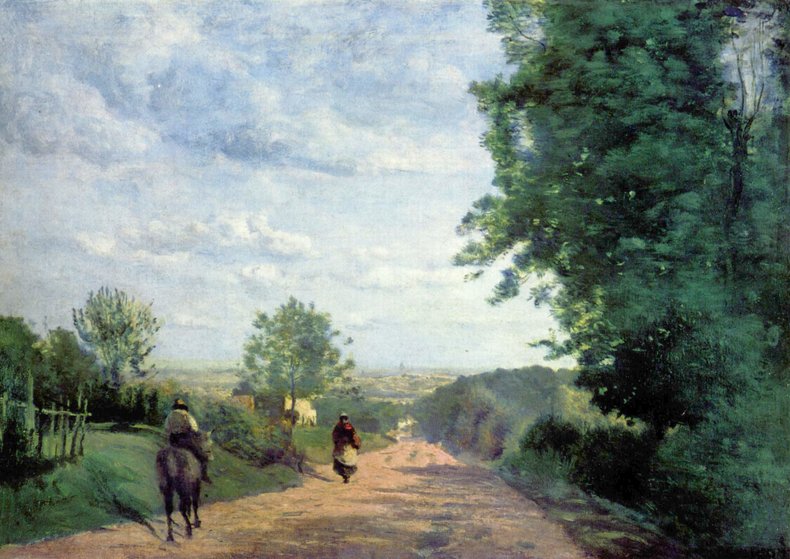
Small Vanishing Point
In some cases, a work that appears to have few prominent lines along the line of sight will still have a very small linear vanishing point to help establish perspective.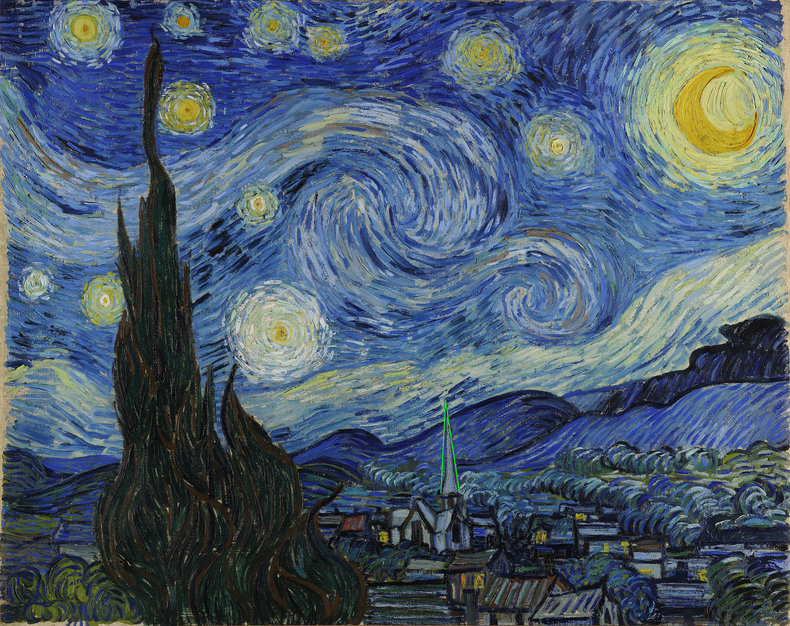
Dispersion
Not all real world scenes neatly converge to a single vanishing point. Dispersion occurs where multiple vanishing points occur close together such that you almost have a single vanishing point but not quite. In this case, an artist working strictly with vanishing points may not depict the scene accurately as they would tend to strictly converge these points.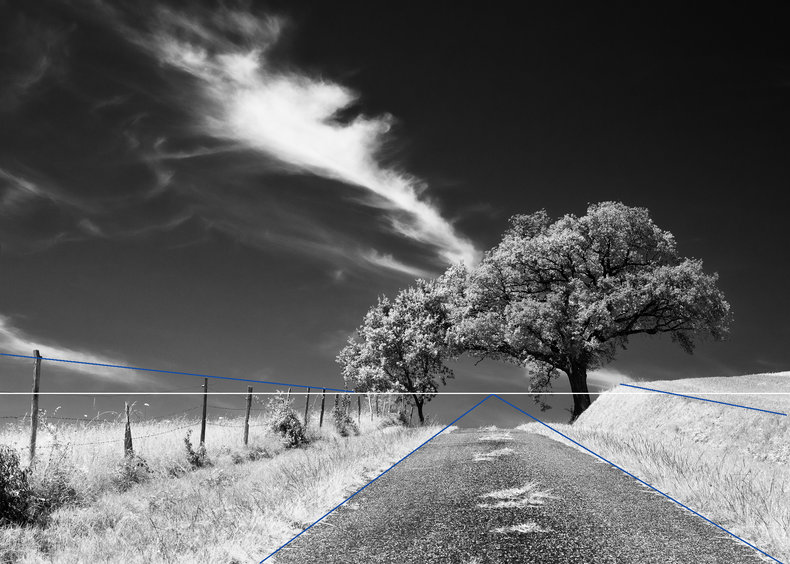
Free Expression
In some cases, vanishing points are dispersed by artists. It is often debatable whether such "errors" of geometry are intentional or not. Dispersed vanishing points make it more difficult to copy a work as copies have a tendency to correct vanishing points. In many cases, great artists and works of art look as if their perspective as been eyeballed if you analyze them from a technical point of view. It could simply be that some great artists are confident enough to allow perspective to drift a little. For example, the works of Johannes Vermeer often exhibit dispersed vanishing points. He also tends to place odd shaped furniture at odd shaped angles such that there are vanishing points all over the place.
Absurd Perspective
Fundamental errors of perspective cause a work to differ from the real world. This may nonetheless be intended. For example, surrealist artists are certainly free to play with vanishing points that converge to multiple horizons.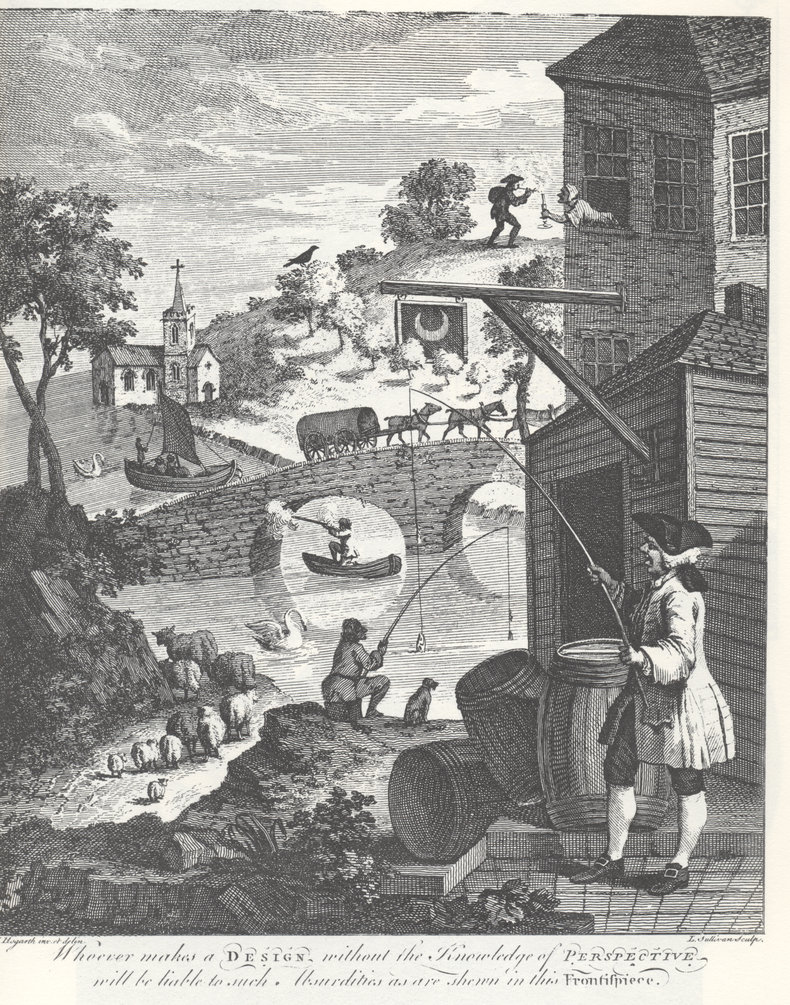
Forced Perspective
Forced perspective is a technique that is used in architecture and other designs of physical environments that is used to make objects look smaller, larger, deeper or more shallow than they are in reality. This often involves creating an exaggerated vanishing point to make things look larger. For example, a corridor looks longer if it designed to slowly progress from wide to narrow.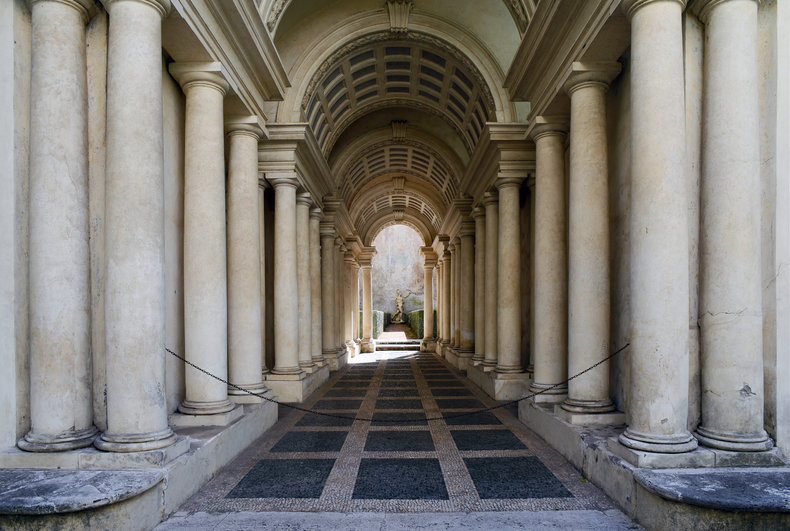
Two-point Perspective
Two-point perspective is where multiple lines converge to two different vanishing points. This is often required to depict complex 3d forms such as buildings. Two-point perspective can also make a large work have a less exaggerated perspective such that it feels more natural. In photography, it is very common for there to be many vanishing points in a scene. Generally speaking, two-point perspective makes a work feel wide, expansive and realistic if it is executed well.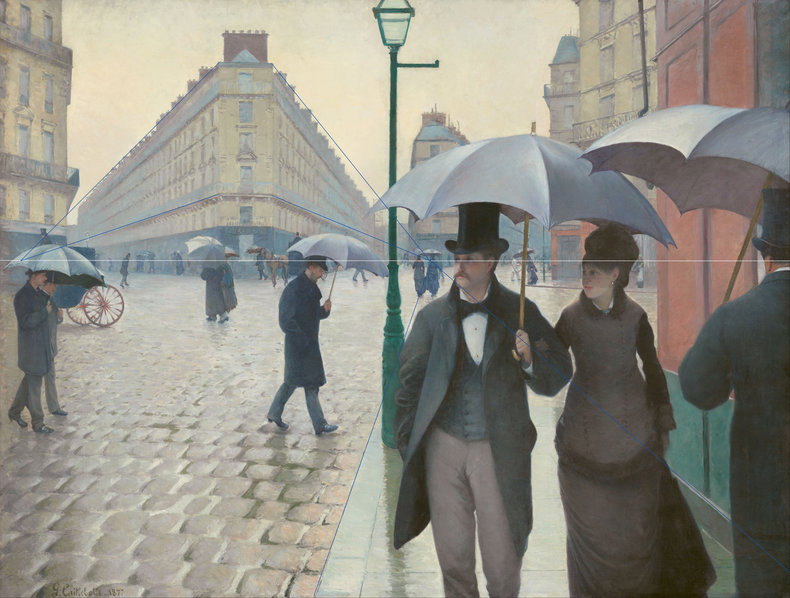
Atmospheric Perspective
The linear perspective in art was invented by Italian artist Filippo Brunelleschi in 1415. As such, there are other methods of establishing perspective without a linear vanishing point. One such method, known as atmospheric perspective, is to fade into a horizon with increasing blurred details such as hills. This also includes the basics of perspective such as distant objects appearing smaller and an effect known as foreshortening whereby objects are shorter along the line of sight than across it.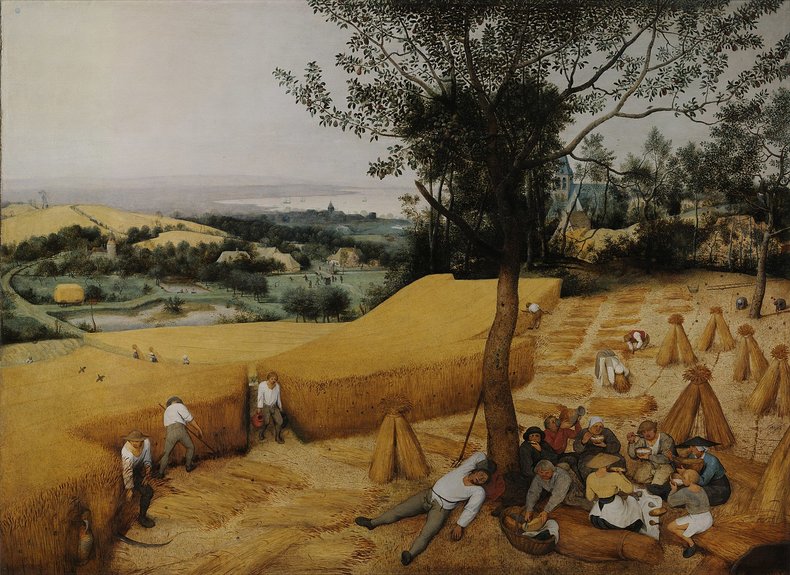
Color Perspective
Color perspective is another way to achieve perspective without a linear vanishing point that leverages human color perception whereby close colors look more bright and saturated than distant colors.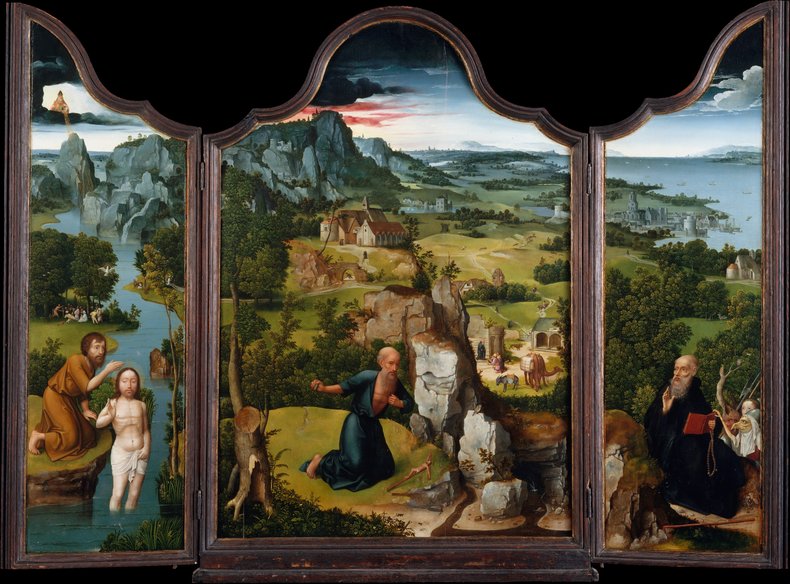
Planar Perspective
Planar perspective is the process of dividing a work into conceptual planes such as a foreground, middleground and background. These are designed to look increasingly faded and different colors are typically used in each plane.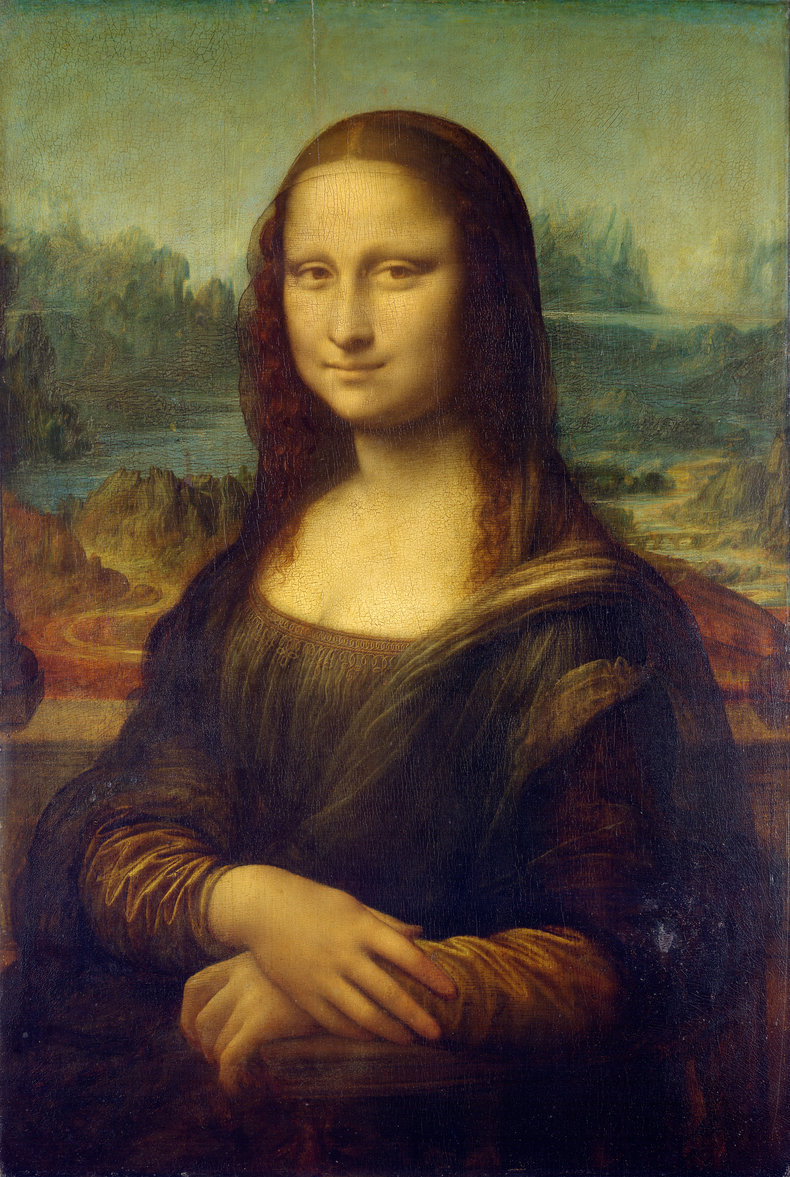
| Overview: Vanishing Point | ||
Type | ||
Definition (1) | A point at which long geometrical shapes such as a road appear to disappear into a point in on the horizon. | |
Definition (2) | A technique in art whereby lines along the line of sight are aligned to single points on an imaginary horizon line in order to give a work a realistic looking depth. | |
Applicable to | Art DesignArchitecture3d GraphicsPhotographyFilm Aesthetics | |
Related Concepts | ||

